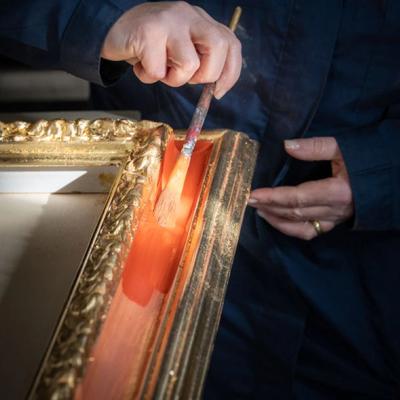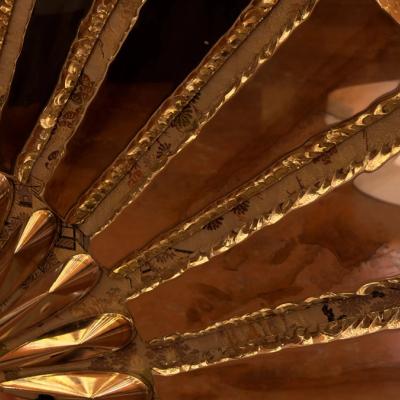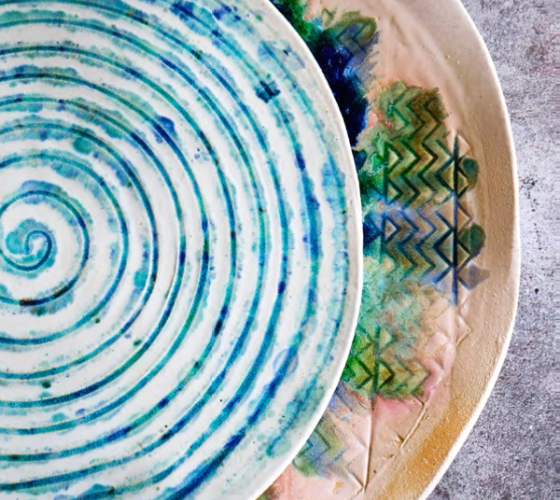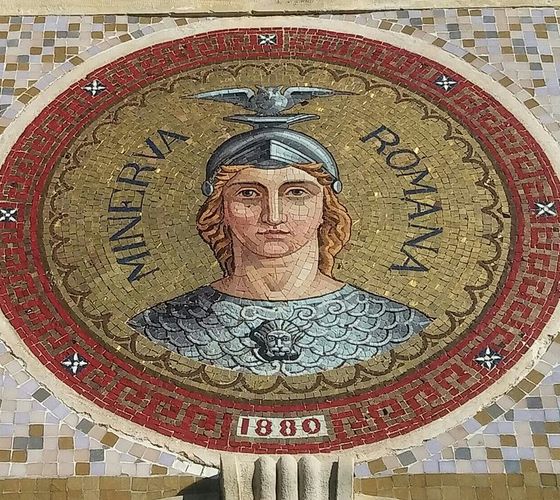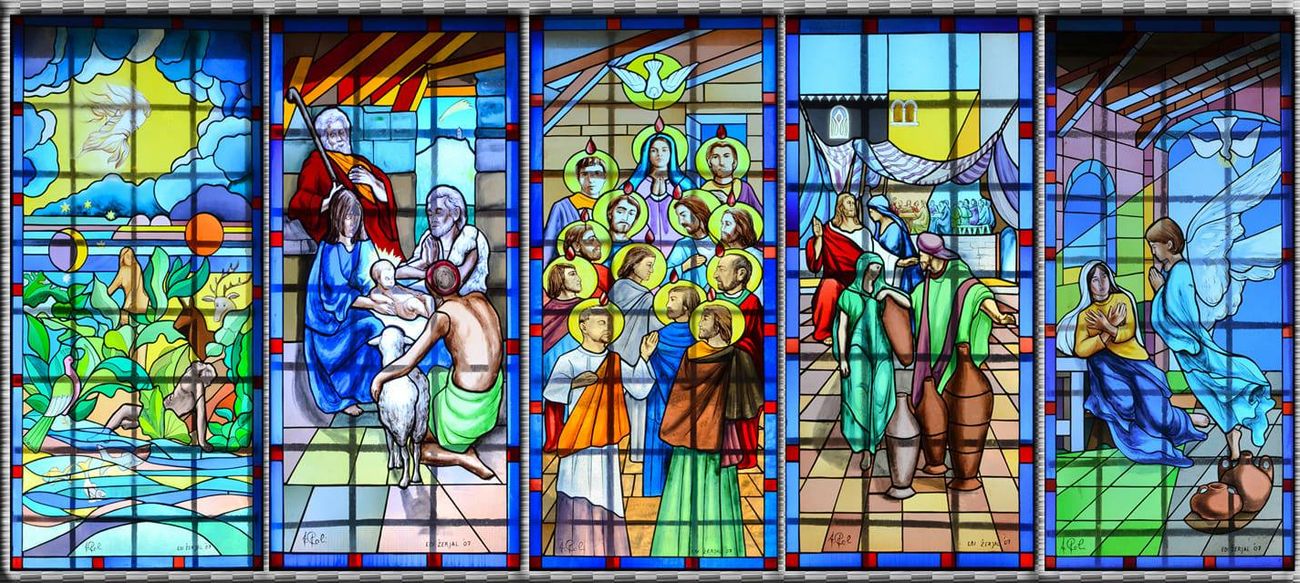
The Sacred Art of Stained Glass: Italian Tradition in Religious Architecture
The Spiritual Role of Stained Glass in Sacred Spaces
Stained glass has long been an essential element in the design and decoration of religious buildings. From grand cathedrals to small chapels, these luminous windows tell stories of faith and devotion, bathing sacred spaces in ethereal light. Italy, with its deep artistic heritage, has played a pivotal role in the creation of stained glass for religious architecture. In this article, we will explore the types of stained glass craftsmanship, the significance of colors, and how Italianicity continues this tradition by working with master glass artisans to decorate religious buildings worldwide.
A History of Stained Glass in Religious Architecture
The use of stained glass in religious buildings dates back to the early centuries of Christianity, with a peak during the Gothic era when cathedrals across Europe became adorned with monumental windows. In Italy, although the Gothic style was less dominant, stained glass became an important medium for enhancing the spiritual experience in churches and chapels. The intricate patterns and vivid colors were not only a testament to artistic craftsmanship but also a tool to educate worshippers, illustrating biblical stories and saints’ lives.
Italian Influence on Stained Glass
Unlike the massive stained glass windows of northern Europe, Italian stained glass was often smaller and more detailed, emphasizing fine craftsmanship over sheer scale. Italian artisans developed unique techniques that combined precision and artistry, making their work highly sought after across Europe. The ability to manipulate light through colorful glass became a hallmark of Italian sacred art.
The Craft of Stained Glass: Techniques and Traditions
Creating stained glass windows is a meticulous process that requires both artistic vision and technical skill. There are several key techniques that artisans use to craft these works of art, many of which have been perfected over centuries of practice.
- Glassblowing and Sheet Forming: The first step in creating stained glass is the production of the glass itself. Traditional methods involve blowing molten glass into large sheets, which are then cooled and cut into specific shapes. Each piece of glass is carefully selected based on its color and texture to fit into the overall design.
- Glass Painting: Once the glass is cut, artisans paint intricate details directly onto the surface using specialized pigments. This technique allows for the depiction of facial features, drapery folds, and other fine details that are essential in religious iconography.
- Leading: The individual pieces of stained glass are joined together using strips of lead. This process is known as "leading," and it forms the framework of the window. The lead not only holds the pieces together but also creates a distinct visual pattern that enhances the design.
- Firing: After the painting is complete, the glass is fired in a kiln to fuse the pigments to the surface. This process makes the colors permanent and ensures that the stained glass can withstand the test of time, even in harsh environmental conditions.
The Language of Color in Religious Stained Glass
Color plays a significant role in the effectiveness of stained glass, especially in religious settings. Each hue carries symbolic meaning, enhancing the spiritual narrative of the window and contributing to the overall atmosphere of the sacred space.
- Blue: Often associated with the Virgin Mary, blue represents purity, heaven, and divine wisdom. It is one of the most commonly used colors in religious stained glass and is frequently paired with gold or white to emphasize holiness.
- Red: Symbolizing the blood of Christ and the passion of the saints, red is a powerful color that evokes sacrifice, love, and martyrdom. It is used to depict important biblical events such as the Crucifixion.
- Green: Representing life, growth, and hope, green is often used in stained glass to symbolize the resurrection of Christ and the promise of eternal life. It is also associated with the earthly world and the natural order.
- Gold and Yellow: These colors are often used to depict divine light and glory, representing the presence of God and the illumination of faith. Yellow stained glass creates a sense of warmth and radiance, especially when sunlight filters through.
- Purple: Reserved for royalty and the divine, purple in religious stained glass is often associated with penance, humility, and preparation for sacred events.
The Enduring Tradition of Stained Glass in Italy
Italian stained glass artisans have maintained this sacred tradition through the centuries, continually refining their methods while staying true to the spiritual purpose of their work. Religious institutions around the world still seek out Italian craftsmanship for their stained glass windows, appreciating both the technical precision and the deep symbolism embedded in each piece.
Italy’s long-standing tradition of religious art is reflected in its stained glass, where generations of artisans have passed down techniques, ensuring that each new creation remains rooted in the country’s rich history of craftsmanship. Whether restoring ancient windows in historic churches or creating new designs for modern places of worship, the Italian tradition of stained glass continues to inspire awe and devotion.
Italianicity and the Art of Religious Stained Glass
At Italianicity, we are committed to preserving and advancing the tradition of stained glass art in religious settings. By collaborating with master artisans, we create bespoke stained glass windows that are tailored to the spiritual needs and aesthetic preferences of religious institutions worldwide. Our skilled teams are capable of working on projects of any scale, ensuring that every window is not only a masterpiece of craftsmanship but also a meaningful addition to the sacred space it adorns.
Bespoke Craftsmanship for Sacred Spaces
Italianicity’s approach to stained glass is deeply personal and collaborative. We work closely with artists and religious leaders to design windows that reflect the unique character and spiritual essence of each building. Whether restoring a centuries-old chapel or creating a new focal point in a modern church, our artisans bring a wealth of knowledge and skill to every project.
- Traditional Techniques: We pride ourselves on using time-honored techniques such as glassblowing, painting, and leading, ensuring that each window is crafted with the same level of care and expertise that has defined Italian stained glass for centuries.
- Global Reach: Our teams of artisans travel to religious sites around the world, bringing the excellence of Italian craftsmanship to sacred spaces in every corner of the globe. Whether in Europe, the Americas, or Asia, Italianicity is capable of executing projects that honor the rich tradition of religious stained glass while meeting the specific needs of each institution.
- Sustainable Art: Just as in centuries past, our stained glass windows are built to last. Through the use of durable materials and meticulous techniques, we ensure that each window will continue to illuminate and inspire for generations to come.
A Tradition of Light and Faith
Stained glass windows have a unique power to transform sacred spaces, casting light and color that uplift the spirit and inspire faith. Italianicity continues this proud tradition, working with master artisans to create stained glass windows that honor the past while embracing the future. Through our commitment to craftsmanship, we help religious institutions around the world create spaces that are not only beautiful but spiritually profound, reflecting the light of faith in every pane of glass.
